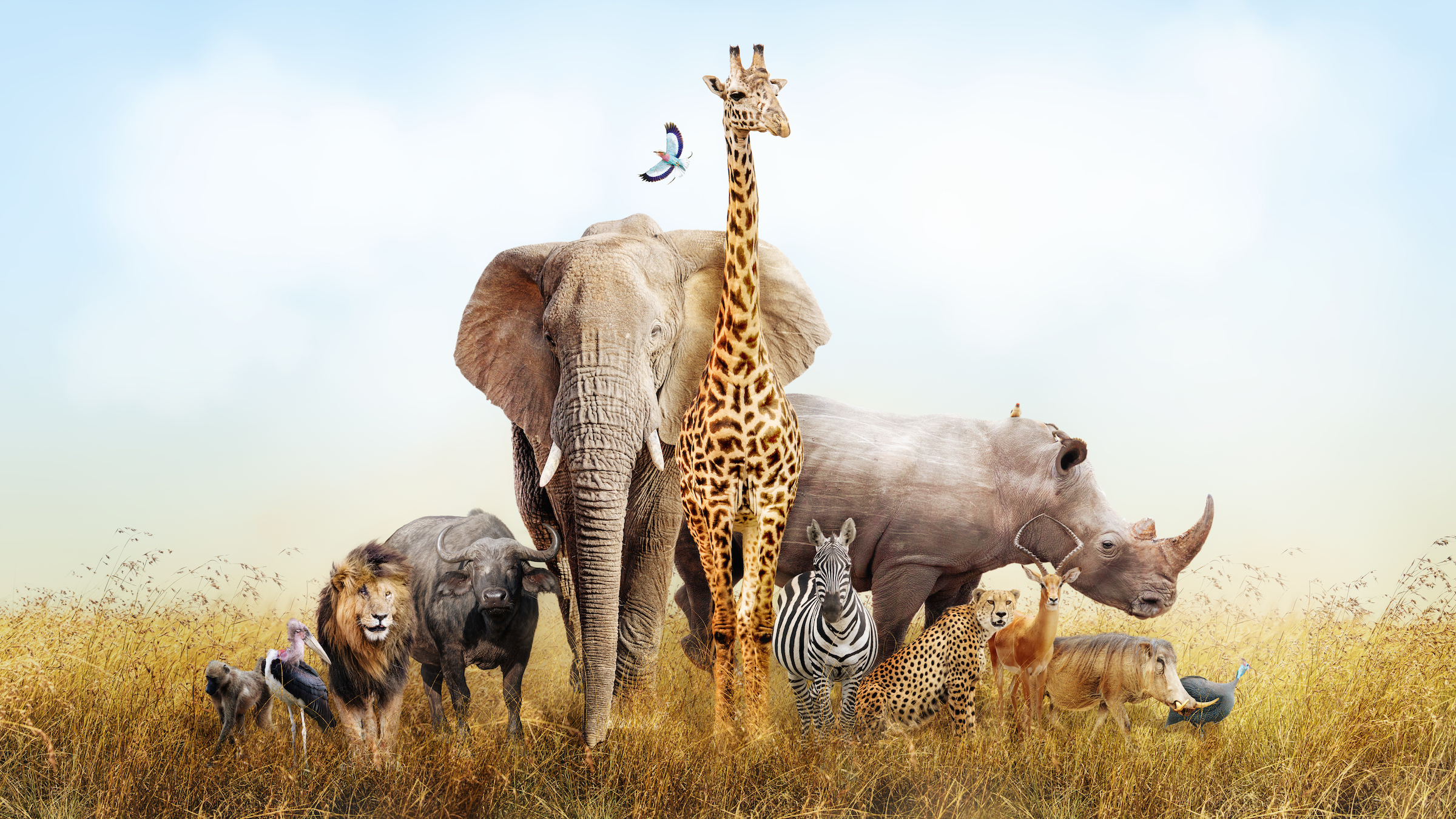
How long do most species last before going extinct?
It depends on the kind of animal.

The majestic blue whale has plied the seas for about 4.5 million years, while the Neanderthals winked out of existence in a few hundred thousand years. But are those creatures representative of species overall? How long do species usually last before they go extinct?
It turns out the answer we find now could be very different than it usually is. Because of habitat destruction, climate change, and a range of other factors, plants and animals are disappearing from the planet faster than all but maybe five other points in history. Some experts say we're in the sixth mass extinction event. But even in calmer periods of Earth's history, the answer has varied depending on the type of species you're looking at. For mammals, the average species exists for 1 million to 2 million years, according to an article in the journal People & the planet.
However, this average doesn't hold during all geologic periods and for all mammals. The average for the Cenozoic era (65 million years ago to present) mammals is 3.21 million years, with larger mammals lasting longer than smaller mammals, according to a 2013 study in the journal Integrative Zoology. For invertebrate species, the duration is even more impressive; they last between 5 million to 10 million years, on average.
Related: What's the first species humans drove to extinction?
These numbers, however, are contentious. Experts don't agree on the average amount of time that species in any category last before going extinct. The fossil record documents when a species shows up and when it disappears, but it leaves a wide margin of error because conditions must be perfect for fossils to form, and those conditions aren't always present when a species shows up and blinks out. And these longevity stats aren't that useful anyway. Stuart Pimm, a leading extinction expert and a conservation ecologist at Duke University's Nicholas School of the Environment, said he prefers to think about extinction in terms of how many species die out every day, or month, or year.
"It's easier to think of in terms of… death rates, largely because there are some species that live a really long time," Pimm said. "And then there are other species that are short-lived. And the average doesn't really help you as much as you might think."
This species death rate, called the background extinction rate, is also contentious. Pimm placed the historic number — a figure that covers all time, excluding mass extinctions — at around one species extinction per 1 million species per year. That means that if there were a million species on the planet, one would have gone extinct each year. (For comparison, there are about 8.7 million species on the planet today, according to a study in the journal PLOS Biology.) However, other experts estimate species typically die off at a rate of 0.1 species per million per year and still others at two species per million per year, according to a research article in the journal Science Advances.
Sign up for the Live Science daily newsletter now
Get the world’s most fascinating discoveries delivered straight to your inbox.
The current extinction rate is much higher than any of these predictions about the past — about 1,000 times more than Pimm's background extinction rate estimate, he said. However, not everyone agrees on how accelerated species extinction is now, said Tierra Curry, a senior scientist at the Center for Biological Diversity in Oregon. Some experts estimate that the current extinction rate is only 100 times faster or, at the other extreme, 10,000 times faster.
There are several reasons why estimates of the current extinction rate vary. "The extinction rate is based on how many species are on Earth and how rapidly they're going extinct," Curry said. "And no one actually knows the answer to either one of those questions." About 90% of living species — largely insects — are probably unnamed, Pimm added. And if researchers don't know that a species existed, they won't know it went extinct. Another complication is that it can be difficult to tell when species are dead. Just because researchers haven’t seen them for several years doesn't mean they're gone for good. Calculations can get more difficult when species are extinct in the wild but live on in zoos.
One thing the experts do agree on is that the modern extinction rate is far too high. "Species are adapting as fast as they can," Pimm said. "But eventually the luck runs out and they don't adapt fast enough. And they go."
Originally published on Live Science.

Tyler Santora is a freelance science and health journalist based out of Colorado. They write for publications such as Scientific American, Nature Medicine, Medscape, Undark, Popular Science, Audubon magazine, and many more. Previously, Tyler was the health and science Editor for Fatherly. They graduated from Oberlin College with a bachelor's degree in biology and New York University with a master's in science journalism.









